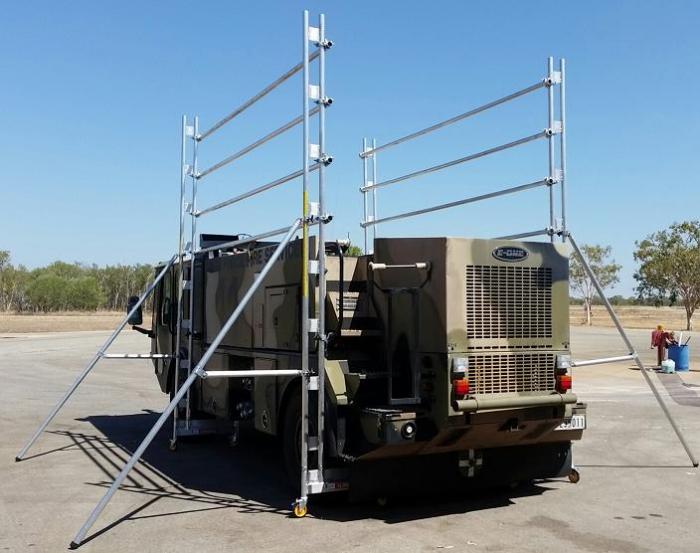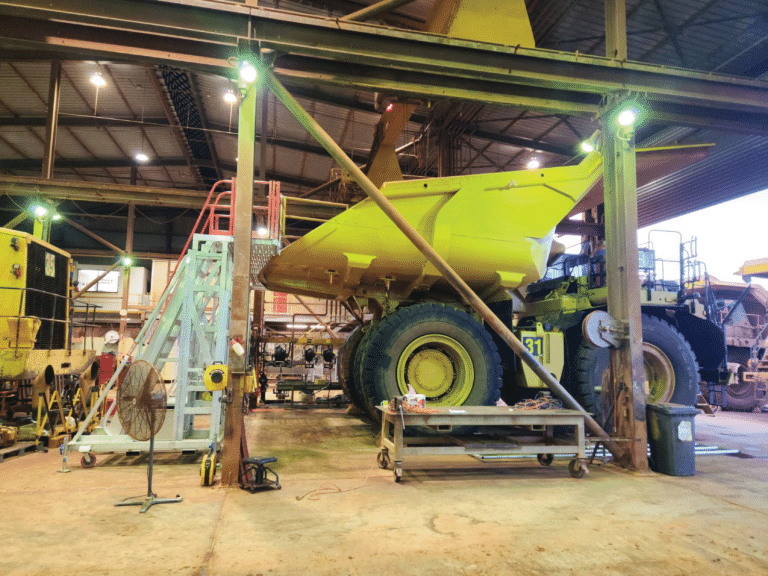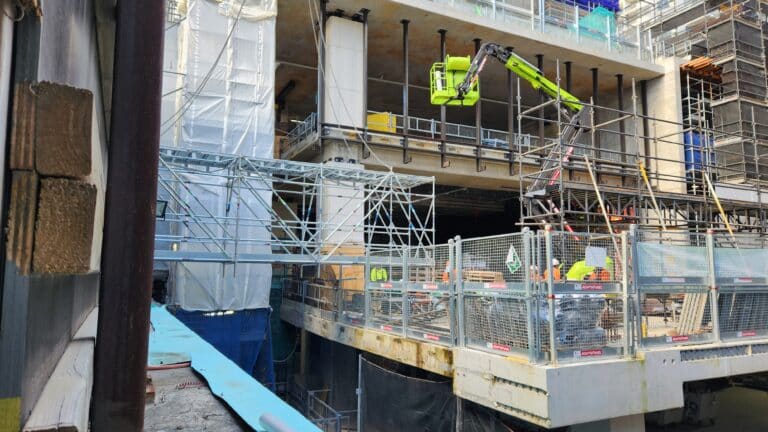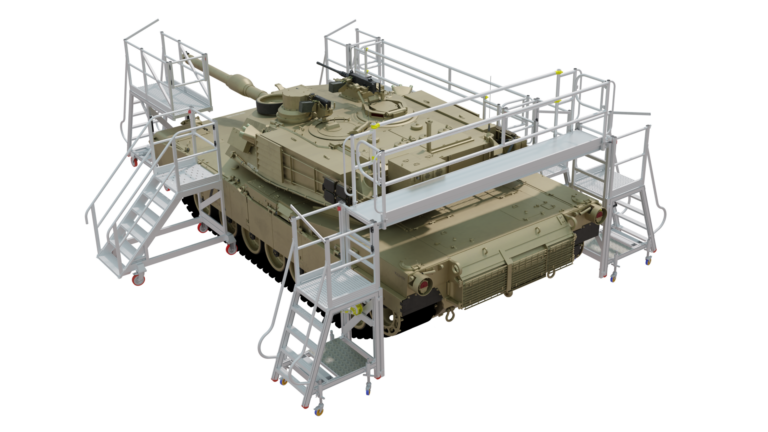Strap Yourself in for Non-Compliance
With the internet opening up markets around the world for individuals and businesses, the job of acquisition has been made easier, with access to a greater range of products and tools at competitive prices. Of course this choice opens up the possibility of a greater variation in quality, as well as having purchasers inadvertently breaking the law or breaching compliance regulations. Put simply: in Australia, our rules can be much different to their rules.
In the transport industry, what constitutes a compliant truck edge protection system can differ greatly from region to region. For example, in the UK and Europe there has been a growing use of edge protection systems made from fabric webbing or strapping that is attached to a series of steel posts. In Australia, more and more businesses are sourcing these systems online; they are popping up on vehicles all over the country.
None of these products are compliant to Australian Standards. This means you have no insurance cover for the user should a fall and subsequent injury occur.
There are basically two standards applicable to these systems (depending on the product):
- AS4994:2009 – for temporary edge protection. As Australian Standards require rigid materials for construction, flexible webbing, fabric or any other malleable materials may not be used.
- AS1657:2013 – for handrails. Similar to the temporary edge protection standard, to be defined as a handrail in Australia, the structure or product needs to be made from a rigid material.
Leaving it to Chance – Why do It?
The biggest issue with webbing-style edge protection is the possibility of human error. Of course, in a lot of cases, someone losing their balance on the back of a truck will result in nothing more than a temporary feeling of disorientation without falling. But what if one needs to grab something to prevent a fall?
Ratchet strap-style edge protection systems need to tensioned by hand, leaving the possibility of a variance in tensions wide open. If the strapping isn’t tight enough, the likeliness of a person falling off the side is far greater. It’s that simple.
The Solution
Many companies are also attracted to ratchet strap edge protection systems for their portability and lightweight nature. But there are products available that do comply with Australian Standards and are easily transportable and manoeuvrable, such as aluminium systems found at Australian company SafeSmart Access. And a company like this can assess your machinery or fleet and custom configure a system that matches your requirements perfectly.
If worker safety and efficiency is a consideration within your company, make sure you comply with Australian Standards – they are put in place for good reasons and make sure that businesses continue to work with minimal disruption.




